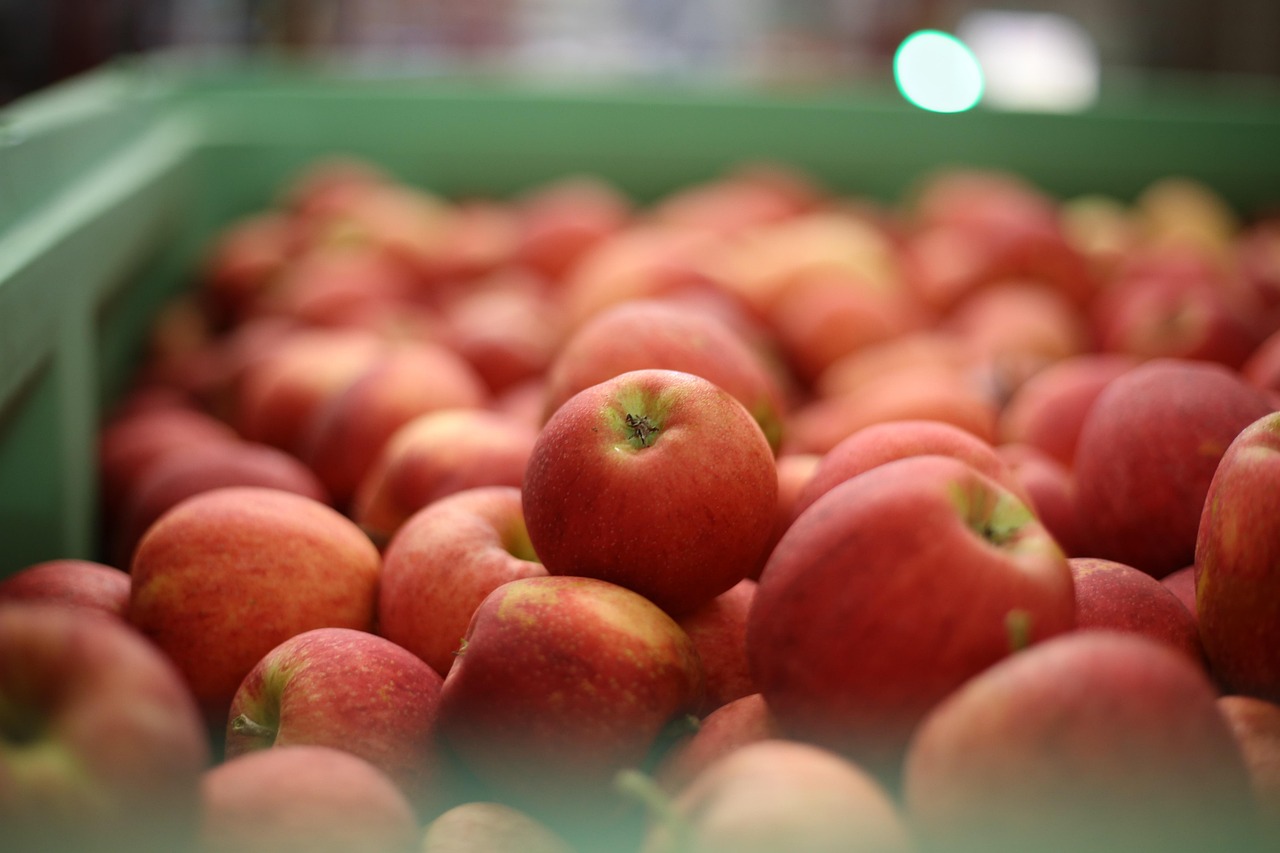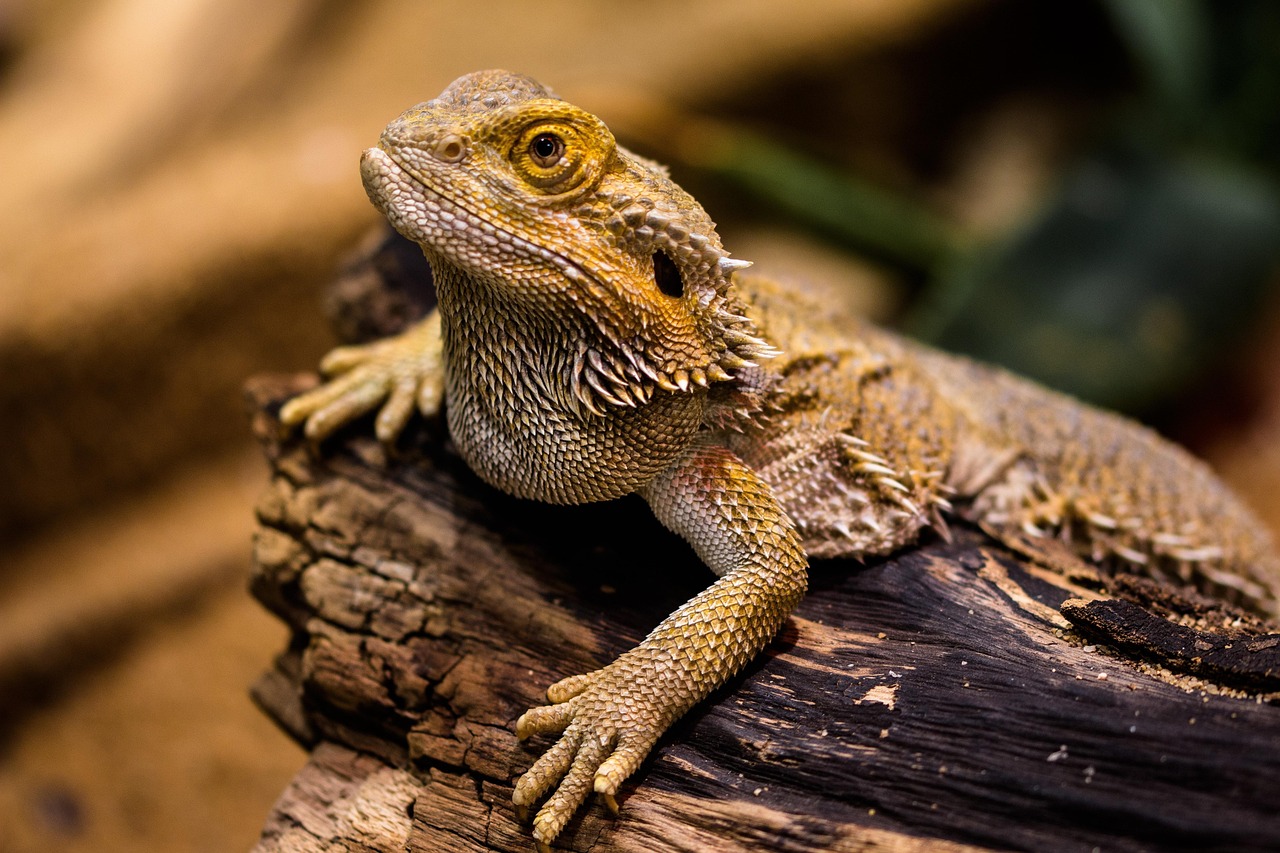Are you a pet owner looking to provide the best possible nutrition for your furry friend? Have you heard conflicting information about organic pet food and feel unsure about what to believe? In this blog post, we will tackle the common myths surrounding organic pet food with evidence-based explanations. Our aim is to help you navigate through the confusion and make informed decisions when it comes to choosing the right food for your beloved companion. Let’s debunk these myths and shed light on the truth behind organic pet food!



Myth: Organic pet food is just a marketing gimmick
In recent years, the pet food industry has seen a surge in the popularity of organic pet food products. However, there remains a prevalent misconception that organic pet food is nothing more than a clever marketing ploy, with no tangible benefits for our furry companions. Let’s delve deeper into this myth and uncover the truth behind organic pet food.
Understanding Organic Pet Food
Organic pet food is not just a passing trend; it is a category of products that adhere to specific standards and regulations. Here are some key criteria that define organic pet food:
- Ingredients: Organic pet food is made from ingredients that are grown without synthetic pesticides, fertilizers, or GMOs. This means your pet is consuming food free from harmful chemicals that could potentially have long-term health effects.
- Production: The production process of organic pet food must meet stringent guidelines set by certifying bodies. This ensures that the food is prepared in a way that preserves its nutritional value and minimizes exposure to contaminants.
- Animal Welfare: Many organic pet food brands prioritize animal welfare, sourcing ingredients from farms that adhere to humane treatment practices. This not only benefits the animals but also reflects in the quality of the final product.
Benefits of Organic Pet Food
Contrary to the myth, organic pet food offers a wide range of benefits that can positively impact your pet’s health and well-being. Some of these benefits include:
- Improved Digestion: Organic pet food often contains high-quality ingredients that are easier for pets to digest, resulting in fewer digestive issues such as bloating or gas.
- Healthier Skin and Coat: The absence of artificial additives in organic pet food can lead to healthier skin and a shinier coat for your furry friend.
- Enhanced Immune System: Nutrient-dense ingredients in organic pet food can boost your pet’s immune system, helping them fight off illnesses and stay healthy.
Examples of Organic Pet Food Brands
To illustrate the differences between organic and conventional pet food, let’s look at a couple of popular brands:
- Castor & Pollux Organix: Known for their organic recipes, Castor & Pollux offers a range of USDA-certified organic pet food options, including dry food, wet food, and treats.
- Organic Paws: This Australian brand specializes in organic raw food diets for pets, using top-quality ingredients to provide a balanced and nutritious meal.
By choosing organic pet food from reputable brands like these, you can ensure that your pet receives the best possible nutrition for a healthier and happier life.
In conclusion, organic pet food is far more than just a marketing gimmick – it is a conscious choice that can have a significant impact on your pet’s overall well-being. Next time you’re shopping for pet food, consider the benefits of going organic and give your furry friend the nutrition they deserve.
Understanding the Cost of Organic Pet Food
Many pet owners are hesitant to switch to organic pet food due to the misconception that it is too expensive. However, a closer look at the factors contributing to the pricing of organic pet food reveals a different story.
Factors Affecting Pricing
- Quality of Ingredients: Organic pet foods often contain high-quality, human-grade ingredients, which can increase the cost compared to conventional pet foods.
- Production Methods: The process of sourcing organic ingredients and manufacturing organic pet food can be more labor-intensive and costly.
- Certification: Organic pet food must meet strict standards to be certified organic, leading to additional costs for testing and certification processes.
- Health Benefits: While the upfront cost may be higher, the potential health benefits of organic pet food can result in long-term savings on veterinary bills.
Benefits of Organic Pet Food
Healthier Ingredients
- Organic meats: Brands like Wellness CORE Organic Grain-Free Dry Dog Food use organic, cage-free chicken as the main ingredient, providing essential nutrients without artificial additives.
Avoiding Harmful Additives
- No artificial flavors: Products like Castor & Pollux Organix Grain-Free Organic Canned Cat Food are free from artificial colors and flavors, reducing the risk of allergies and digestive issues.
Improved Digestion
- Digestive health: Halo Holistic Natural Dry Cat Food contains organic whole grains and non-GMO vegetables, promoting better digestion and nutrient absorption.
Cost-Effectiveness of Organic Pet Food
While the price tag of organic pet food may initially seem higher, the long-term benefits can outweigh the costs. Investing in your pet’s health through organic nutrition can lead to fewer health issues, resulting in potential savings on vet bills and medication expenses in the future.
In conclusion, the perception that organic pet food is too expensive is not necessarily accurate when considering the overall health benefits and cost-effectiveness in the long run. By prioritizing your pet’s well-being and choosing high-quality organic options, you can provide them with a nutritious diet that supports their health and longevity.
Myth: All Organic Pet Food is the Same
In the world of pet food, the term “organic” has gained immense popularity among pet owners looking for healthier options for their furry companions. However, a common misconception is that all organic pet food products are created equal. In reality, there are significant differences between various organic pet foods that can impact your pet’s health and well-being.
Reading Labels: The Key to Choosing the Right Organic Pet Food
When it comes to selecting organic pet food, reading the labels is crucial. Look for specific information such as:
- Ingredients: Check the ingredient list to ensure that the food contains high-quality, organic ingredients that meet your pet’s dietary requirements.
- Certifications: Look for certifications on the packaging, such as USDA Organic or Non-GMO Project Verified, to guarantee that the product meets certain standards.
- Nutritional Content: Pay attention to the nutritional content, including protein, vitamins, and minerals, to ensure that it aligns with your pet’s needs.
Understanding Certifications: What They Mean for Your Pet
Certifications play a significant role in determining the quality of organic pet food. Here are some common certifications to look out for:
- USDA Organic: This certification ensures that the ingredients used in the pet food are grown without synthetic pesticides, herbicides, or fertilizers.
- Non-GMO Project Verified: This certification indicates that the ingredients are free from genetically modified organisms.
Choosing the Right Organic Pet Food for Your Pet’s Specific Needs
Different pets have unique dietary requirements, so it’s essential to choose organic pet food that caters to your pet’s specific needs. Consider factors such as:
- Age: Puppies and kittens have different nutritional needs than adult or senior pets.
- Health Conditions: Pets with allergies, sensitivities, or medical conditions may require specialized organic pet food.
- Size: Small breeds, large breeds, and different species have varying nutritional requirements.
Practical Examples of High-Quality Organic Pet Food Brands
- Blue Buffalo Wilderness: Known for their high-protein, grain-free organic pet food options suitable for active dogs.
- Organix by Castor & Pollux: Offers organic pet food made with responsibly sourced ingredients for pets with sensitive stomachs.
- Halo Holistic: Provides organic pet food options tailored to specific health concerns, such as weight management or joint health.
By understanding the differences between organic pet food products, reading labels, and selecting the right option for your pet’s needs, you can ensure that your furry friend receives the best nutrition possible.
Separating Fact from Fiction
In conclusion, this blog post has successfully debunked prevalent myths surrounding organic pet food, highlighting its nutritional advantages and positive impact on pets. Pet owners are encouraged to conduct extensive research and seek guidance from veterinarians to select the best organic food for their beloved animals.







I switched my cat to an organic diet and his health has improved so much! It’s worth the investment for their well-being.
It’s common to be skeptical, but understanding the regulations behind organic pet food can help clear up misconceptions.
I’ve noticed that not all organic pet food is the same quality. It’s important to look at the ingredients list for each brand!
Absolutely! Just like with human food, the quality of ingredients can vary greatly between different brands.
Organic pet food being too expensive is a big concern for me. Any tips on finding affordable options?
The debate between organic vs non-organic pet food is interesting. I wonder if there are studies showing the impact on pets’ health over time.
That’s a great point! Research comparing the long-term effects of organic and non-organic pet food could provide valuable insights.
I used to think organic pet food was just a marketing gimmick until I did some research. Glad this article cleared that up!